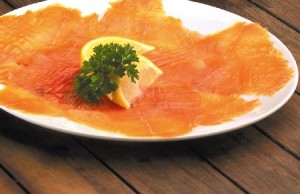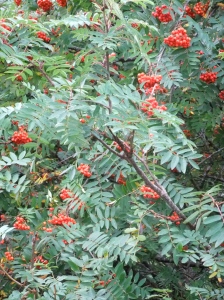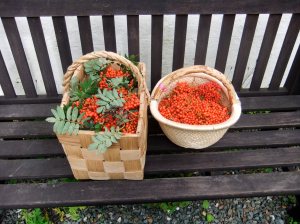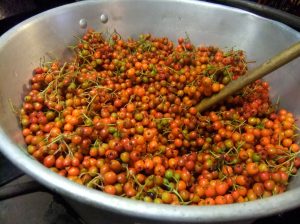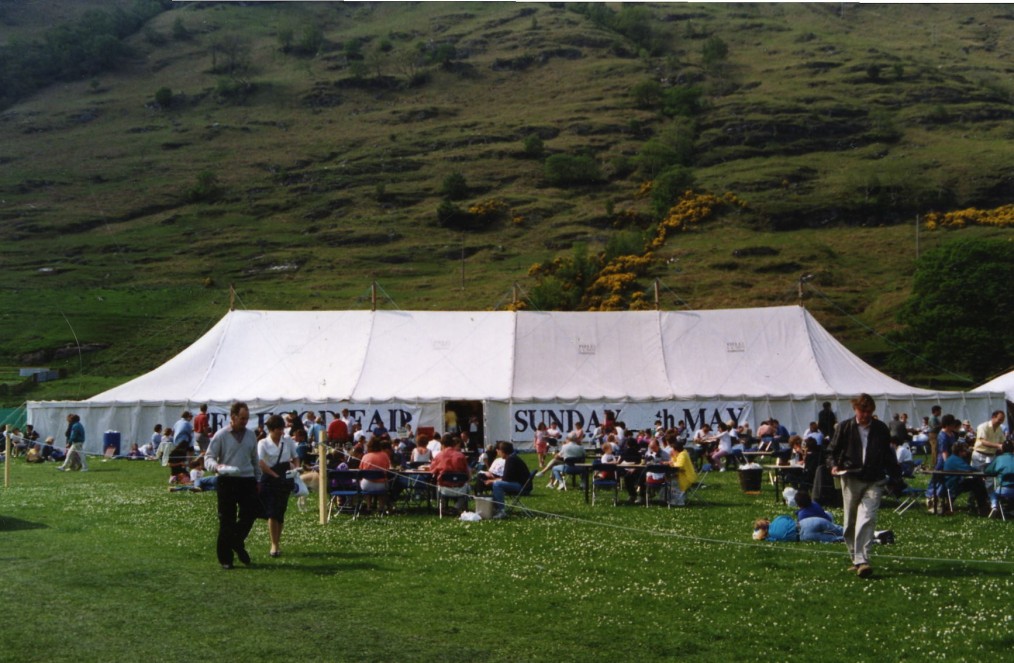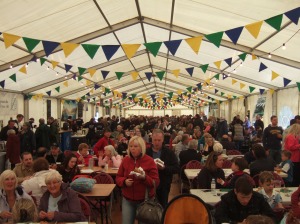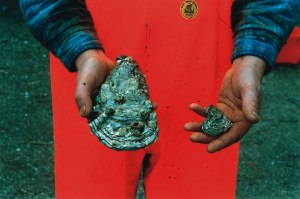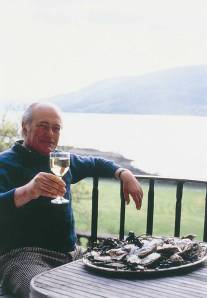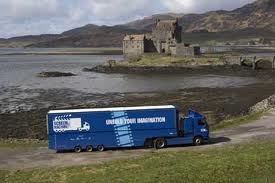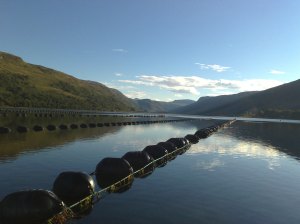A New Year
Following a welcome Christmas and New Year break we have now moved into 2014, with renewed enthusiasm and the hope of continued success.
The year started with a bang as 3 January brought renowned Bloggers and Travel Writers Robin McKelvie, Adam Groffman and Kirsten Alana to the Loch Fyne Restaurant and Oyster Bar as part of the second annual Blogmanay. The project promotes Scotland as a tourism destination, with an emphasis on food and drink, over the New Year period.
We also have several exciting events planned for the forthcoming months including our Loch Fyne Quiz Night on the 16 January which promises to be a fun filled and challenging evening for all the brainiacs out there! Proceeds will be donated to the Royal National Lifeboat Institution, an extremely worthwhile cause.
February brings Valentines Day and a sumptuous menu has been created by our kitchen team. Ashet of Loch Fyne Smoked Salmon, Hot West Coast Fruits of the Sea, Chateaubriand (thick tenderloin of beef, ideal for sharing) and a delightfully sinful selection of chocolate desserts await romantic couples.
The first “Taste of Loch Fyne” Experience Day of the year takes place on 17 January with other dates available throughout the year. This event, which includes champagne and oyster tasting, a visit to our oyster farm, an oyster opening master-class and a five course lunch is always popular with seafood lovers.
For full details of all our events please visit www.lochfyne.com/events
Review of 2013
As we say goodbye to 2013, a busy and exciting year of continued growth for Loch Fyne Oysters, it is worth reflecting, in time honoured fashion, on some of the year’s many highlights.
2013 was a year of significant investment. It was also a year of great progress in building our business with our key partners in the UK and target international markets.
IMTA, One Year On
In January we installed the first large scale Integrated Multi Trophic Aquaculture site (IMTA) in Scotland. The site has enabled us to introduce new species to our cultivated portfolio and expand our capacity to meet growing demand.
Integrated Aquaculture involves growing various species of sea life alongside each other in order to create a balanced ecosystem which benefits the species and reduces costs to the environment. Currently we are the only Scottish producer trialling this method of farming.
One year on we have successfully grown the first commercial crop of Alaria Esculata seaweed in Scotland, while settled queen scallops from wild spat and mussels, oysters, sea urchins and queen scallops are flourishing alongside farmed salmon.
In June, as part of our Aquaculture strategy to increase shellfish production we purchased Seasalter (Walney) Ltd trading as Morecambe Bay Oysters. We were delighted to welcome Managing Director of Seasalter, Kelsey Thomson, who brought with him a wealth of experience and expertise to the Loch Fyne team.
The site comprises a beach area and oyster hatchery which provided us with the opportunity to expand production. Currently, we are scaling a large on-growing oyster site on MorecambeBay, this will become one of the largest in the UK.
In December we acquired the assets of Hebridean Mussels and Hebridean Seafoods which are well established mussel farming and processing businesses located in Loch Roag on the Isle of Lewis.
We have just finished harvesting and are delighted to be working alongside this highly skilled workforce and have welcomed the knowledge of Owner, Cree MacKenzie who has tens of years of experience in the industry.
Kinglas Fillet Wins Taste Test
In December our Kinglas Fillet was declared the winner in blind taste tests conducted for, al dente-the magazine for connoisseurs by six top industry professionals from Switzerland.
To win Loch Fyne Oysters fought off competition from Norway, Ireland and other Scottish producers. It is a tribute to the artisanal skills of our Smokehouse team and the quality of our salmon to win this very prestigious award.
Our New Clothes
We closed on 30 January 2013, to begin the renovation of our Oyster Bar, Restaurant and Deli. Thanks to our design partners and with guidance from our Culinary Director, Roy Brett it was an exciting development thoughtfully planned in order to preserve its original character, history and unique atmosphere.
The refurbished Oyster Bar, Restaurant and Deli re-opened at Easter and was very well received by our customers.
Bradan Orach Wins Festive Foods Smoked Salmon Tests
In October our Bradan Orach smoked salmon was selected as overall category winner in taste tests conducted by Good Housekeeping Magazine.
Founded in 1885, the publication is the world’s premier women’s magazine and awards the “Good Housekeeping Seal of Approval” to products which represent a high standard of quality. The company was delighted to be recognised by such an influential and highly respected publication.
Scotland’s Best Gigas Oysters
We were proud to have been awarded “Scotland’s Best Gigas Oysters” at the Association of Scottish Shellfish Growers Annual Conference in Oban in October. It was especially meaningful to us because the awards are made by industry experts.


